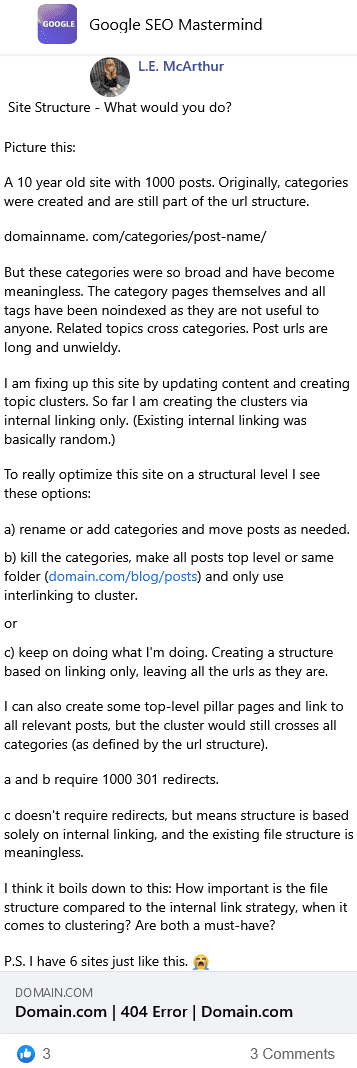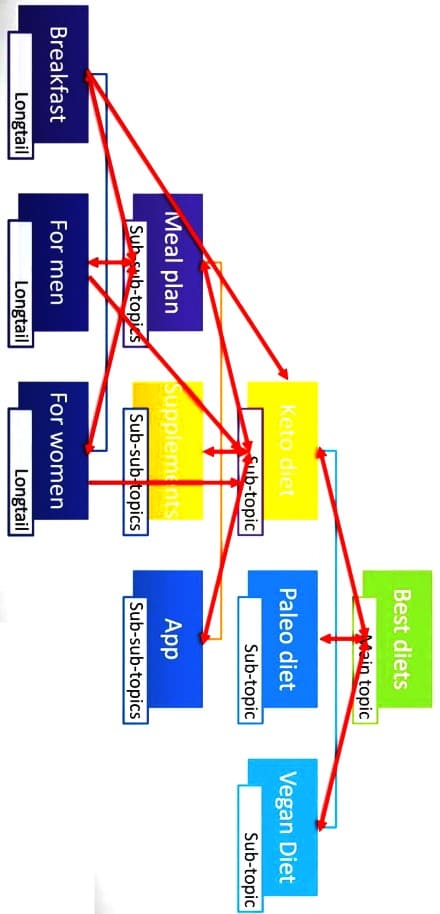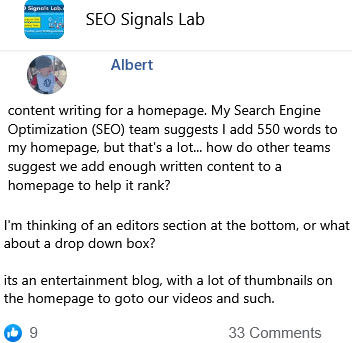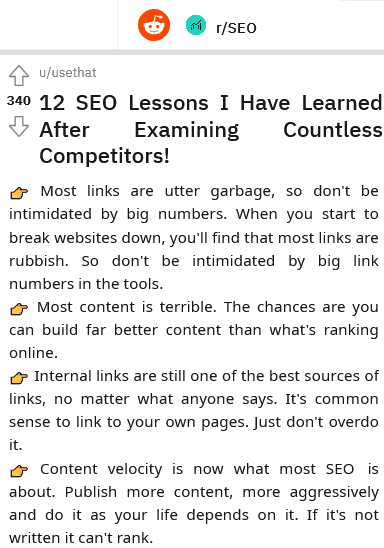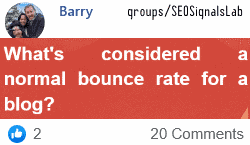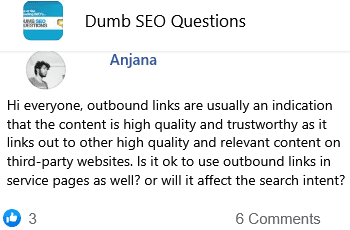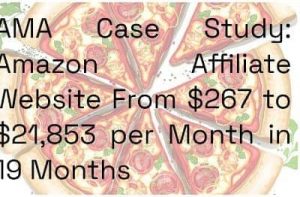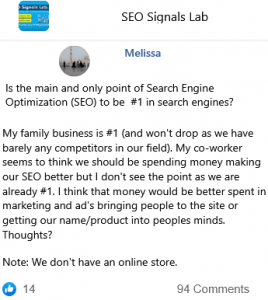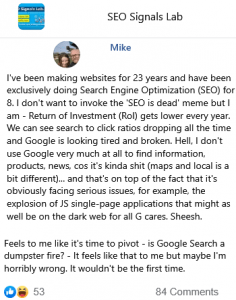Site Structure – What would you do?
Picture this:
A 10 year old site with 1000 posts. Originally, categories were created and are still part of the url structure.
domainname. com/categories/post-name/
But these categories were so broad and have become meaningless. The category pages themselves and all tags have been noindexed as they are not useful to anyone. Related topics cross categories. Post urls are long and unwieldy.
I am fixing up this site by updating content and creating topic clusters. So far I am creating the clusters via internal linking only. (Existing internal linking was basically random.)
To really optimize this site on a structural level I see these options:
a) rename or add categories and move posts as needed.
b) kill the categories, make all posts top level or same folder (domain.com/blog/posts) and only use interlinking to cluster.
or
c) keep on doing what I'm doing. Creating a structure based on linking only, leaving all the urls as they are.
I can also create some top-level pillar pages and link to all relevant posts, but the cluster would still crosses all categories (as defined by the url structure).
a and b require 1000 301 redirects.
c doesn't require redirects, but means structure is based solely on internal linking, and the existing file structure is meaningless.
I think it boils down to this: How important is the file structure compared to the internal link strategy, when it comes to clustering? Are both a must-have?
P.S. I have 6 sites just like this. 😭
domain.com
Domain.com | 404 Error | Domain.com
3 👍🏽33 💬🗨
📰👈
No flat URL structures are often best. You need the patent, cat, section, in between or you drain root authority.. Flat URLs can be unavoidable of course, but in your case example they are a no go.
Sounds like a mess though. GL
Got it.
Thanks for your input. Yeah, it's a mess. This is what happens when you put a bunch of blogs on autopilot with a non-Search Engine Optimization (SEO) editor for 8 years.
They were just a back-burner project, and now it's time to bring them to the forefront. Definitely some lessons learned here though! 😆
Daniel Lezcano » L.E. McArthur
LOL yeah that's not good. Especially since it's arguably the most powerful section of your entire website. Some people think they don't need to do any blogging,. In most circumstances I would automatically disqualify such a person as someone I would listen to as they apparently know nothing about Search Engine Optimization (SEO). backlink profile conduit, link equity filtration, link map gateway, article clusters resulting in ridiculous SEO results if done right. Not to mention all the schemma markup opportunity. I can go on and on.
L.E. McArthur ✍️
Agreed. These sites are actually ALL blog. They're affiliate sites that I left to grow for a rainy day while I tended to bigger projects. 2 posts per week, every week, but I didn't pay attention or care at all.
I know a lot more about SEO now than I did in 2012 when I started the sites.
Looking forward to fixing them, selling them, and new builds done right.
Mike Kudryavtsev
1. Site Structure – What would you do?
I would leave the existing site structure. Dividing posts into categories is convenient for analytics. A flat structure also has the right to exist, but I see no reason to redo the existing folder structure.
2. How important is the file structure
Click-through nesting is of paramount importance. You can put all posts on the main page or in the sitemap, without categories. Slash nesting does not matter (within reason). However, it should be remembered that the exact occurrence of the key in the URL matters:
/shop/women/red-cocktail-dress – OK
/shop/women/dresses/cocktail/red – NOT SO GOOD
3. On category pages, you can put all topic related posts using pagination and open categories for indexing. Use opened pagination: (1, 2, 3 … 99). This will improve the indexing.
So you'd leave the existing folder structure, but still rename and reorganize the cats?
I have the paginated category pages, but I have them as noindex because currently they are not useful. So even if I leave the existing structure, I would still need to rename cats and move posts around, if I wanted to use the cats in any way.
I've actually been working on top-level pages to represent the cats in a way. In-depth articles that contain the whole topic and link to all the articles in that silo. These pages go in the main menu, rather than cat pages.
So if it's the click nesting that's important, rather than the slash nesting – that implies that linking structure (silos/hierarchical clusters), is more important for crawlers in determining structure than folders? (Of course, it's both of these, plus menus. But what is worth pursuing when working backwards like this? argh.)
Mike Kudryavtsev
Slash nesting (folders) doesn't matter at all. Make sure that each article is only accessible from a single url.
For example, shopping sites can have many categories, filters, and tag pages. But the product card should always be available at a single url.
Keep urls of your pages, do not change them. Just refresh and link them properly.
L.E. McArthur ✍️
Thanks again for the advice. I've been given a lot to think about!
This is where my thinking is at now..
– change cats to just 2-3, broad but relevant. Will be able to use wildcard for 301s in most cases, (May even be able to keep existing in some cases.)
– Organize on the tag level. Assigning just one tag to each post. Tags represent clear topic clusters / entities.
– submit tag sitemap to google, allow to index tag pages
– these tag clusters will be reinforced with internal linking
– clusters link upwards in the chain towards top level pages
– change breadcrumb schema to use tag taxonomy instead of cats
What do you think?
Mike Kudryavtsev
Excellent ideas. Just keep in mind that navigation and url structure are different things. And that the age of the page is one of the powerful resources you have.
📰👈
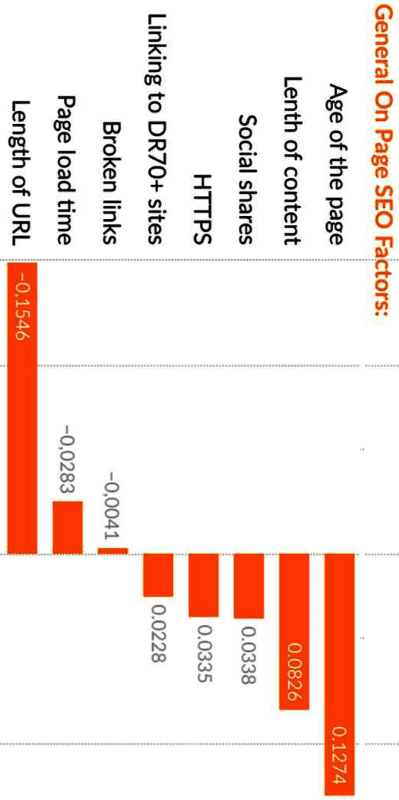
L.E. McArthur ✍️ » Mike Kudryavtsev
Whoa. Some of my best ranking pages are about 10 years old.
But on the other hand, in many cases my URLs are long.
Top AND bottom of that chart. (Where is the chart from?)
I could also implement my above plan without changing URLs at all. Just do my best to force Google into recognizing the tag organization.
But here's additional detail:
There are 6 sites. At least 3 have lowish traffic and earn poorly – so I feel I don't have much to lose by really overhauling them and getting nice short URLs and clear organization. (My goal is to get them earning well then sell, but no rush)
However, the other sites are doing very well, even with all the messy URLs.
So maybe I will leave URLs on the established sites, and redo them on the struggling sites that aren't working for me anyways.
Mike Kudryavtsev » L.E. McArthur
Ahrefs, 2017. Long – meaning abnormally long. Don't put all your 50+ keywords in it 🙂
L.E. McArthur ✍️ » Mike Kudryavtsev
Lol, gotcha. Thanks!
L.E. McArthur ✍️ » Mike Kudryavtsev
Sorry, one more question! You've been really helpful.
Age of page – if I only change the cat slug, but leave the page urls as they are… Google would see this as the same page? That is has just moved from one category to another? Or would i still be resetting the page age?
What do you think?
Mike Kudryavtsev
It is what I am talking about: changing a part of your url you are changing the slag and it won't be the same page, just new one. So make changes in navigation, not in URLs.
URL: Site.com/cat-1/tag-1/article-1
Path for a user: Site.com >> tag-1 >> article-1
Or
URL: Site.com/cat-1/article-1
Path for a user: Site.com >> tag-1 >> article-1
It seems that your site management system doesn't want to cooperate. Change breadcrumbs and links, not page address.
Fion McCormack
You need to keep the cats. They are the conduit to the posts. I recommend reducing number of categories though. Also I wouldn't noindex cats because eventually Google will reduce or stop visiting them and you don't want that since they are conduits. I would delete all the tags. Of course, any pruned categories should be redirected if they have inbound links
I chose to noindex the cats, but the main 'post page' is still accessible for crawling. So G can still access all the posts if it crawls far enough. (Google Search Console (GSC) confirms that everything is crawled). Also – sitemap, and interlinking strategy to be implemented.
Reducing cats sounds like a good idea, and might make this process a bit easier. There are currently about 8 categories per site.
There are a gazillion tags, all noindex. I'm thinking to delete them all as you say, and then just add one or two to each post for my own organization of clusters.
Thanks for your help!
Fion McCormack » L.E. McArthur
I would definitely delete the tags. They waste crawl budget. Google needs to crawl them to see the noindex directive in the head of the page so that's why best to simply delete. 8 cats doesn't sound like too much, but maybe tweak them so that they solve your need for organisation of clusters, and I wouldn't recommend noinexing the cats because the res only 8 of them so low overhead and as I said there's a risk googke will stop crawling the cats. Relying only on main post page pagination to help Google each the older posts might bury the older posts very deep over time
L.E. McArthur ✍️
Thanks again for the advice. I've been mulling over this a lot.
This is where my thinking is at now..
– change cats to just 2-3, broad but relevant. Will be able to use wildcard for 301s in most cases, (They were not spread evenly among all 8 cats)
– Organize on the tag level. Assigning just one tag to each post. Tags represent clear topic clusters / entities.
– submit tag sitemap to google, allow to index tag page
– these tag clusters will be reinforced with internal linking
– change breadcrumb schema to use tag taxonomy instead of cats
What do you think?
Internal linking everything is still a tad daunting, but most everything needs to be updated anyways.
📰👈
Is Crawled Currently Not Indexed Will Never or Hard To Show because It Only been Archive?
Does Google Crawl and Index Users Generate Content Sites like Quora and Medium Easier than Yours?
An SEO retainer needs Suggestions about SEO Strategy for Squarespace
